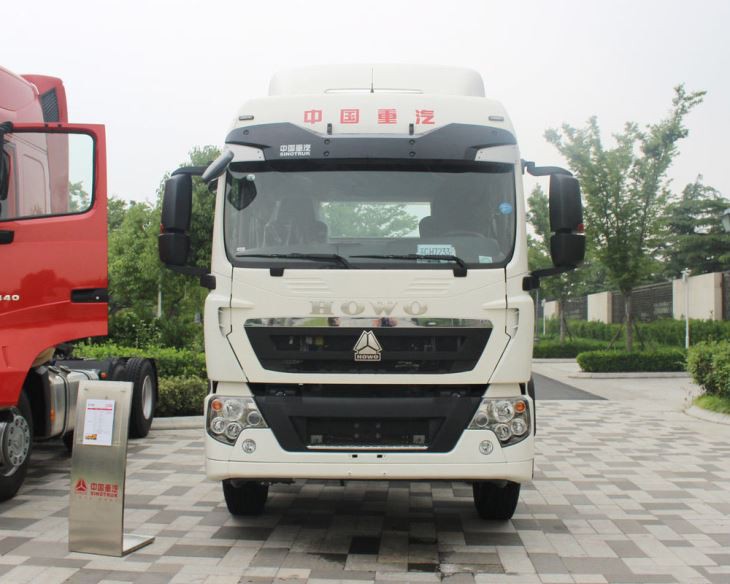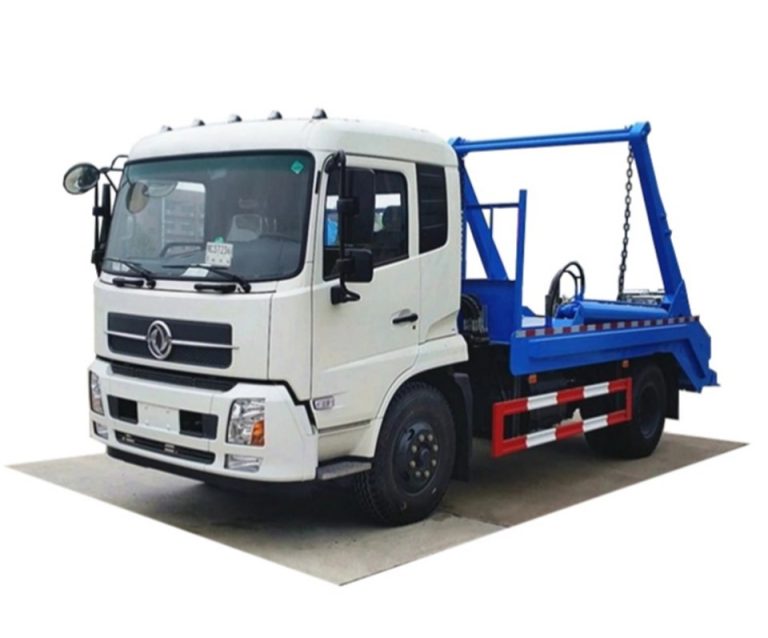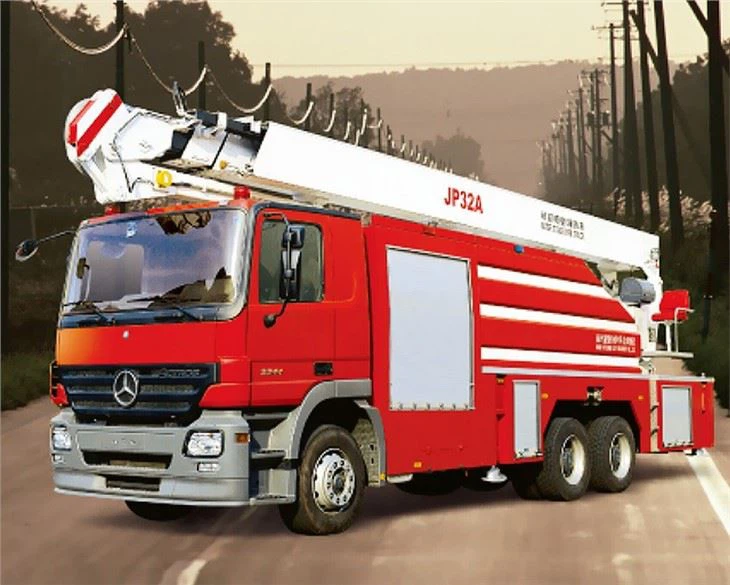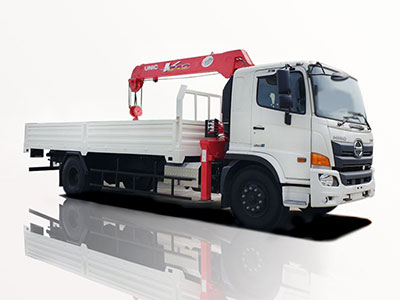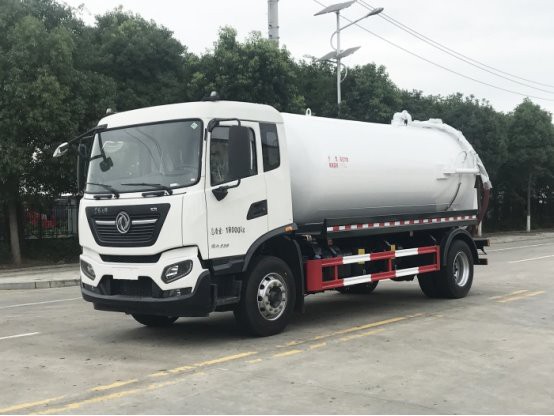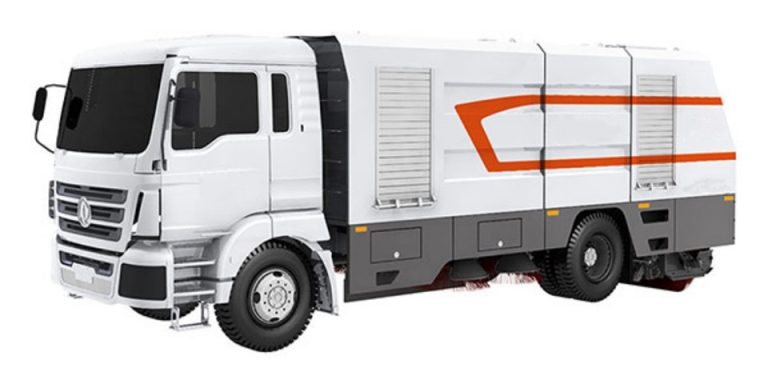Rollback wrecker trucks are specialized vehicles designed for transporting damaged, disabled, or illegally parked automobiles. Known for their versatile design and ease of operation, these trucks offer a range of features that make them invaluable in the towing industry. In this comprehensive guide, we will explore everything you need to know about rollback wrecker trucks, from their construction and operation to their applications and maintenance.
What Are Rollback Wrecker Trucks?
Rollback wrecker trucks, often referred to as flatbed tow trucks, are equipped with a flatbed that can tilt and slide to the ground. This design allows vehicles to be driven or winched onto the flat surface, providing a safe and efficient method of transport for vehicles that cannot be driven. The rollback mechanism is a significant advancement over traditional tow trucks, which often lifted vehicles by their axles or undercarriage, risking damage to both the towed vehicle and the towing vehicle.
Key Components of Rollback Wrecker Trucks
Understanding the major components of rollback wrecker trucks can help you appreciate their functionality:
- Flatbed: The flatbed serves as the primary surface for loading vehicles. It is generally equipped with safety features like rails or straps to secure the vehicle during transport.
- Winch: The winch is a vital component used to pull non-functional vehicles onto the flatbed. It often has a significant pulling capacity, allowing it to handle various vehicle sizes.
- Hydraulic System: The hydraulic system enables the tilting and lowering of the flatbed, facilitating easier loading and unloading of vehicles.
- Towing Lights: Equipped with standard towing lights, rollback wrecker trucks enhance visibility and safety during operation, especially in low-light conditions.
Advantages of Rollback Wrecker Trucks
Rollback wrecker trucks offer numerous advantages over traditional towing methods:
1. Safety
The rollback design minimizes damage to both the towing and towed vehicles, reducing the risk of accidents during loading and unloading.
2. Versatility
Rollback wrecker trucks can transport a wide variety of vehicles, from motorcycles to large SUVs, making them ideal for towing companies with diverse clientele.
3. Efficiency
The loading process is quicker and requires less manpower compared to traditional towing methods, allowing companies to serve more customers in a shorter time.
4. Reduced Wear and Tear
Since the vehicle being towed is placed securely on the flatbed, there is less wear on the vehicle’s structure, leading to fewer repair costs for both the towing company and the vehicle owner.
Common Applications of Rollback Wrecker Trucks
Rollback wrecker trucks are employed in various scenarios:
1. Accident Recovery
In the aftermath of an accident, rollback wrecker trucks efficiently recover damaged vehicles and transport them to repair shops.
2. Breakdown Assistance
For stranded drivers whose vehicles have broken down, rollback trucks can promptly transport the vehicle to a mechanic, minimizing the wait time.
3. Impound Services
Many towing companies use rollback trucks for impounding illegally parked vehicles, ensuring quick and safe removal.
4. Transporting Classic Cars
Car enthusiasts often prefer rollback trucks for transporting classic or vintage vehicles due to their non-invasive loading method.
Choosing the Right Rollback Wrecker Truck
Selecting the appropriate rollback wrecker truck involves considering several key factors:
1. Capacity
It’s crucial to evaluate the truck’s weight capacity to ensure it can handle the types of vehicles you plan to tow. Most rollback trucks have a capacity ranging from 5,000 to 25,000 pounds.
2. Wheel Lift Versatility
Some rollback trucks come equipped with wheel lift features, allowing them to tow vehicles that may have a damaged undercarriage, thus providing added versatility.
3. Engine Performance
To ensure efficiency and reliability, consider the truck’s engine specifications, including horsepower and fuel type.
4. Budget Considerations
Rollback wrecker trucks can vary in price significantly. Determine your budget beforehand while considering the long-term operational and maintenance costs.
Operational Maintenance of Rollback Wrecker Trucks
1. Regular Inspections
Conduct regular safety and performance inspections. Check the winch operation, hydraulic systems, and tires to catch any potential issues early.
2. Fluid Levels
Regularly check and change hydraulic fluids, engine oil, and brake fluids as needed to maintain optimal performance.
3. Cleaning and Washing
Keep the truck clean to prevent rust and corrosion. Regular washing and detailing improve the truck’s appearance and performance.
4. Tire Maintenance
Monitor tire pressure and tread wear to ensure safe towing. Proper tire maintenance can also enhance fuel efficiency.
Rollback Wrecker Truck Safety Tips
Safety is paramount when operating rollback wrecker trucks. Here are some practical safety tips:
1. Training and Certification
Ensure all operators are trained and certified to operate a rollback wrecker truck safely.
2. Use of Tow Straps
Always use high-quality tow straps and chains to secure the vehicle on the flatbed properly.
3. Adhering to Local Laws
Familiarize yourself with local laws and regulations regarding towing to ensure compliance and avoid penalties.
4. Road Safety Precautions
When on a job, ensure that hazard lights are on, and use cones to delineate the area, enhancing safety for both the operator and other road users.
Cost of Rollback Wrecker Trucks
The cost of rollback wrecker trucks can vary widely based on factors such as brand, specifications, and additional features. Here’s a breakdown of potential costs:
| Truck Type | Average Cost | Notes |
|---|---|---|
| New Rollback Wrecker | $50,000 – $150,000 | Higher-end models with advanced features might cost more. |
| Used Rollback Wrecker | $20,000 – $80,000 | Condition and age significantly affect pricing. |
| Lease Options | $1,000 – $2,500/month | Depending on terms and conditions of the lease. |
Frequently Asked Questions (FAQs)
1. What is the towing capacity of rollback wrecker trucks?
The towing capacity varies with models, ranging from 5,000 to 25,000 pounds, depending on the truck’s specifications and build.
2. Can I use a rollback wrecker truck for transporting vehicles that are still operational?
Yes, rollback wrecker trucks are designed for both operational and inoperable vehicles, allowing for versatility in towing services.
3. How often should I maintain my rollback wrecker truck?
It is advisable to conduct vehicle inspections and maintenance checks regularly, typically every 3-6 months or before peak towing seasons.
4. What safety equipment should I have in a rollback wrecker truck?
Basic safety equipment should include reflective cones, hazard lights, first aid kits, and a fire extinguisher, along with the necessary towing accessories.
5. Are rollback wrecker trucks suitable for long-distance towing?
Yes, rollback wrecker trucks can be used for long-distance towing, provided they are appropriately maintained and the load remains within the truck’s capacity.
6. Is it worth investing in a new rollback wrecker truck versus a used one?
Investing in a new truck may offer benefits such as warranties and the latest technology, while used trucks can provide significant cost savings. Evaluate your business needs to make the best choice.
